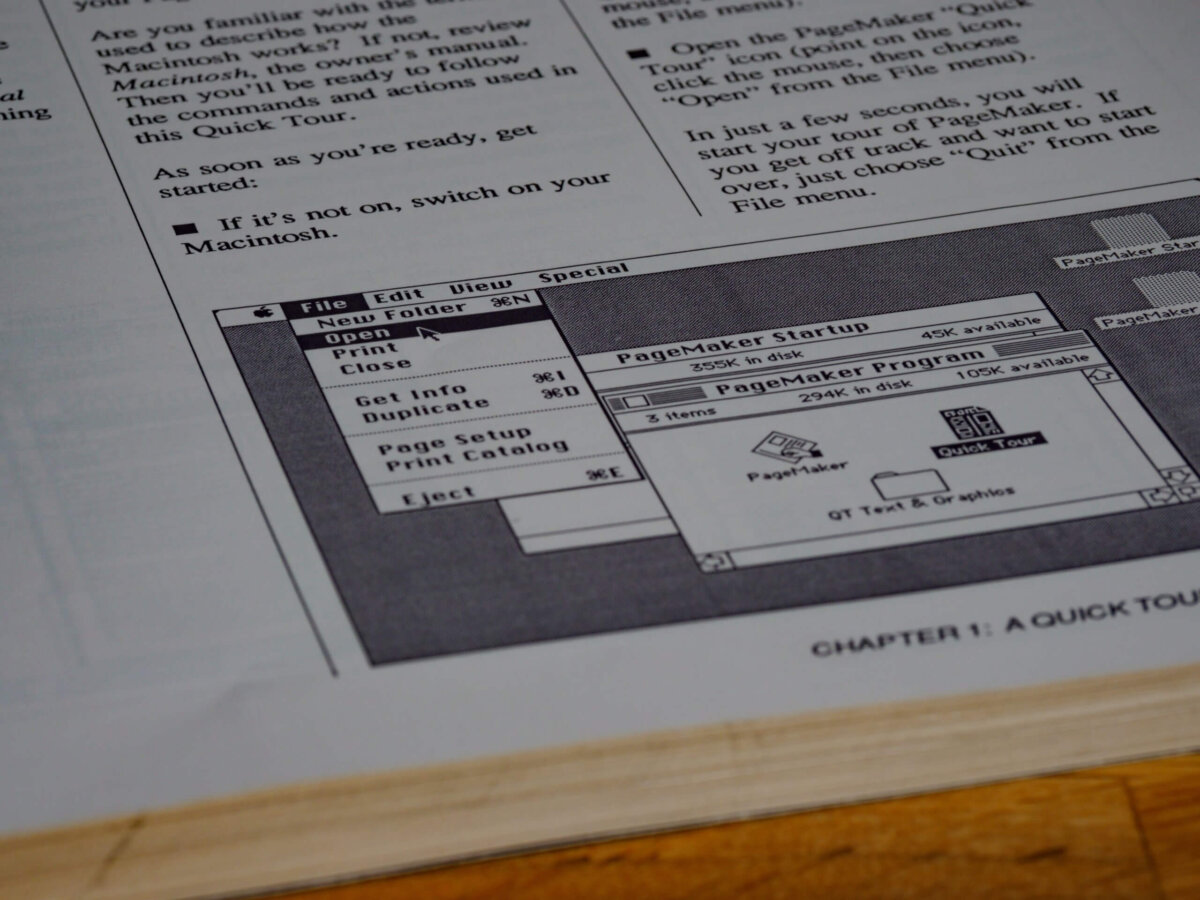While updating our web writing courses, I’ve been scouring usability research to find new studies that apply to web writing. The findings from two separate research studies from the Software Usability Research Laboratory (SURL) at Wichita State University remind me that old web writing guidelines apply to new media—social networking sites. Both studies flagged common writing issues—confusing and unfamiliar terminology, and inadequate user feedback and error messages—as problems that harm usability.
- Usability Evaluation of Three Social Networking Sites. The study evaluated the usability of MySpace, Facebook, and Orkut. Users completed 10 tasks for each site, including adding new information to a profile, making a photo album, and changing notification options for messages. Users rated the difficulty of each task and their satisfaction with each site.
- Trick or Tweet: How Usable is Twitter for First-Time Users? Users performed eight tasks on Twitter, including creating an account, posting a tweet, and responding to a tweet. Users rated the ease of use and their satisfaction with the site.
Confusing and Unfamiliar Terminology
SURL researchers found that inconsistencies in link terminology resulted in users’ failure to complete tasks. For example, My Space uses the Term “My Account” as a link. But clicking on the link brought up a page with the heading “Settings.”
Users were confused by unfamiliar terms. MySpace users clicked on “Photo Cube” expecting to make a photo album. They found that “Photo Cube” is a function that allows users to print photos. Twitter users were unclear about whether to use “Profile” or “Setting” to edit their information.
Not surprisingly, most new users “had difficulty learning the ‘language’ that was unique to Twitter.” What was the difference between followers and following? Users were confused about Twitter-unique terms such as “RT” (retweet) for reposting a message from another user, the use of @symbols to indicate usernames in tweets, and the use of hashtags (#) to indicate topic tags for messages.
Twitter language proved so confusing that users had very poor success rates in some tasks: Only 15.4% were successful in sending a message and only 38.5% were successful in replying to messages. Users concluded that Twitter was “complex and felt they would need to learn quite a bit before using it.” Participants reported that “they would not use the service often.”
Poor Feedback and Unhelpful Error Messages
Poor feedback and unhelpful error messages also contributed to the failure of social network users to complete tasks. MySpace provided a poor error message to users who forgot to give their photo albums a name. Twitter users often weren’t sure whether they had successfully completed a task such as sending a message. They were looking for feedback, a completion message or visual confirmation—an icon or a change in font color—to confirm their success.
Tips for Applying the Research to Your Writing
The studies’ usability findings are specific to social networking sites. But applying the recommendations to your writing will improve the usability and user satisfaction for both traditional and new media websites.
- Use terms consistently. Don’t change language mid-stream. For example, is “editing” a profile the same as “updating” a profile? If so, choose one term and use it throughout the site. Consistency is especially important for links because the repetition of link language assures users that they’ve landed on the correct page. If users click “My Account,” the landing page should be labeled “My Account” not ‘Setting.”
- Use plain and intuitive language. The link “print photos” is more intuitive than “photo cube.”
- Explain new terms. You may think a term is self-explanatory, but first-time users may not know your language: tweets, followers, following, photo cube, wall. Provide a brief explanation of terms when users encounter them or link to a glossary.
- Provide helpful feedback and useful error messages. Provide confirmation messages to users: “You have successfully added photos to your album.” Write error messages that explain why the user failed. “Your user name and password do not match” is more helpful than “login failed.”
— Marilynne Rudick (guest blogger)
Tags: Editing, Plain language, Research, Social media, Twitter, Usability, Writing






0 Comments